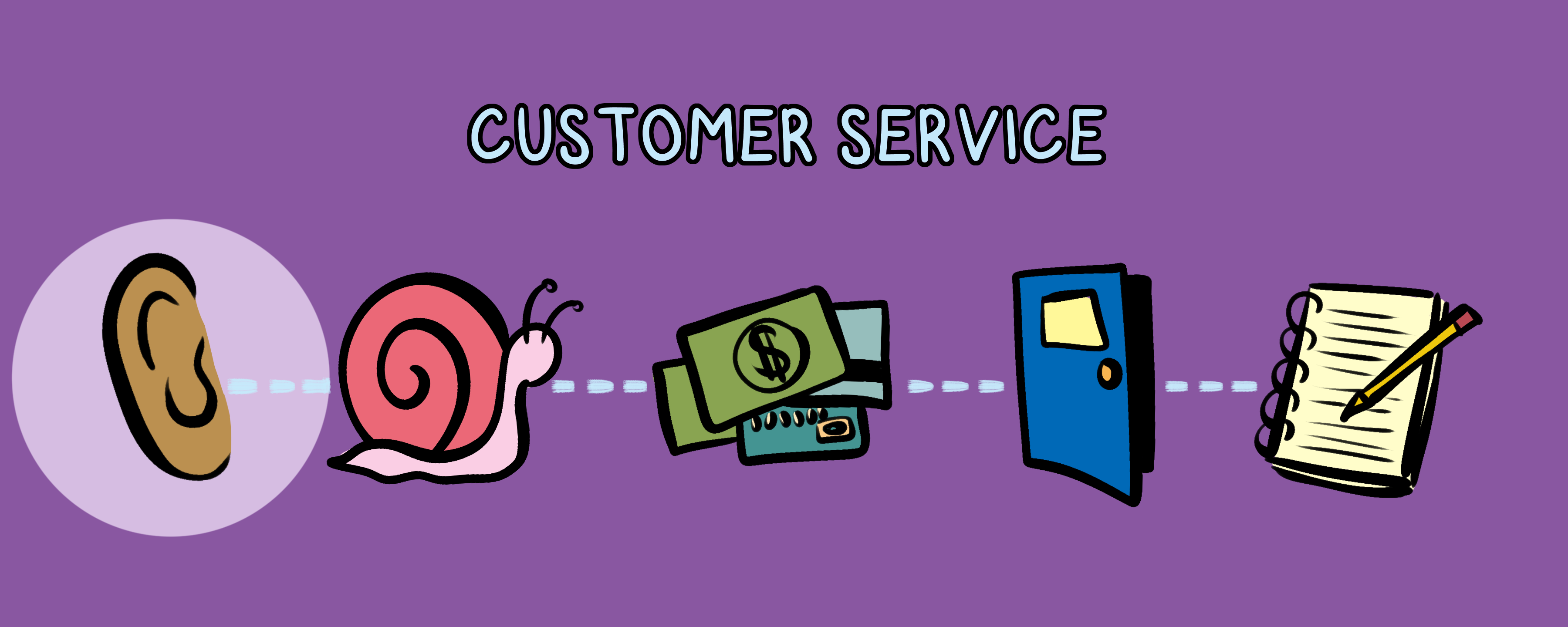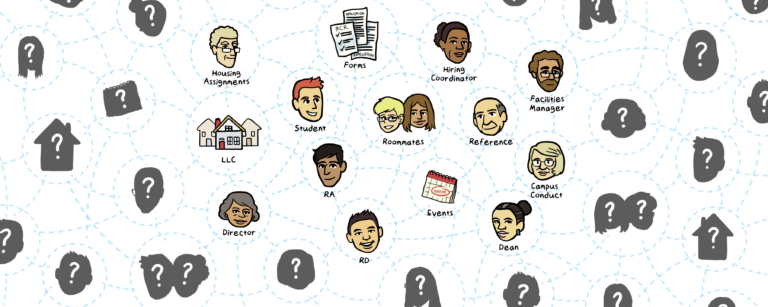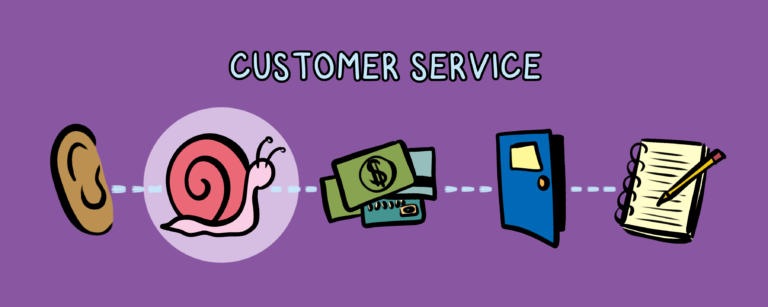Oh, hello! Welcome to the community.
We all encounter it daily—Customer Service. It’s everywhere: at the grocery store, when you’re dealing with a client, when you call for software support, etc. We are moving to an online world, and customer service is more important than ever. One negative interaction could cause a client to leave, a student to move out, or ignite a demand for compensation. I’ve heard that for every negative interaction, a person needs to have five positive interactions to move past the negativity. It requires a lot of time and energy to move on, and organizations are not always afforded that opportunity. Join us as we explore customer support, and learn how you can provide the best service to your customers.
Active Listening
As a cornerstone of the RA role, active listening is part of everyday life in Residence Life. We discuss it at training sessions and hope that RAs use this skill when talking with students, but how does it play out in your work life? By actually listening to a customer, you tell that person that you value their time and their concern. Personally, it’s the worst when you feel like you’re simply taking up someone’s time or you’re annoying them by asking a question or voicing a concern. Listening is a key element of good communication, as it builds deep, positive relationships (Weger, Castle, & Emmett, 2010).
When you’ve been asked the same question 800 times, how do you avoid complacency? We’ve all heard that you should treat each question like it’s the first time you’ve been asked, but that’s easier said than done. Here are a couple things to consider:
- Pick up the phone. Yes, if it’s a simple question, you can respond by email. But many issues or concerns can be solved much more quickly and effectively by engaging in dialogue. And if you’re not sure if the customer would like a call, asking the question, “Would you mind if I gave you a call to hear about your concerns and assist?” can go a long way.
- Be mindful. It’s easy to get distracted by your own thoughts or even what to say next. Be present in the moment and pay attention to what is happening right now (Kabat-Zinn, 2003).
- Show your empathy and understanding. A phrase like, “Thank you for bringing this to my attention; I’m sure it has been frustrating,” show that you are appreciative of the call and understand the emotions involved.
- Ask questions, and don’t make assumptions. If someone is unclear, ask that follow-up question, or answer the question in multiple ways. No one wants an answer that they have already know or tried.
- Paraphrase. We all make mistakes or misunderstand things. Repeat back what you think you hear to ensure you got it right.
Hopefully this reminder of effective strategies lights a spark next time you’re listening to a customer!
Thanks for being part of our community. We’re glad you’re here. Come back tomorrow for the next post in this series.






